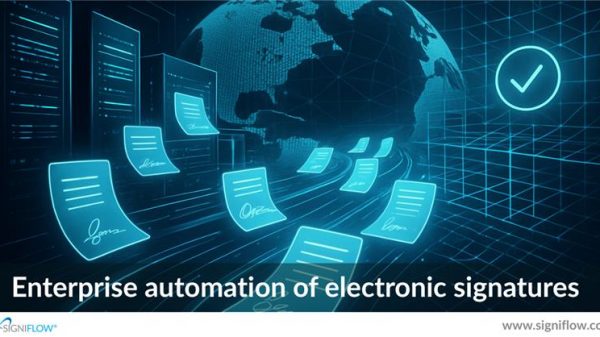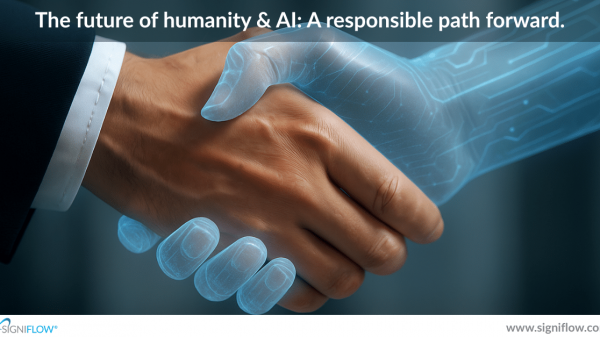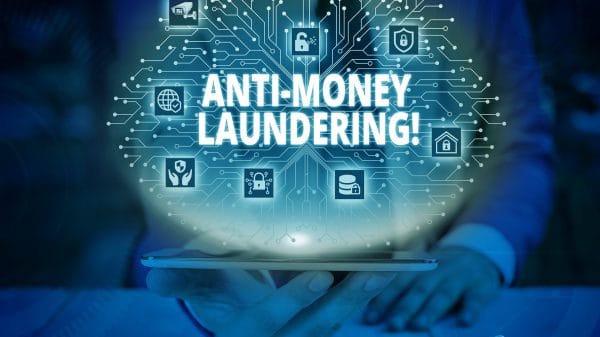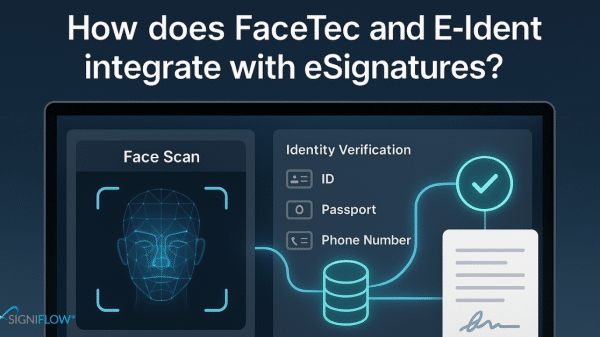Bitcoin-mining virus stopped: White hat ethical hacker William Vermaak, from PBSA’s digital arm pbDigital, and senior software developer Morne Wilken, detected malicious activity on one of their customer’s servers last week. The two immediately analysed the source of the virus and uninfected the server.
According to Vermaak, the virus had gone undetected by all available virus packages.
“We submitted samples to ESET the next day and [the company] immediately responded from its virus lab in Denmark, confirming the virus was wild and that detection for the threat had been added to its latest definition updates.”
By the time of detection, the virus had already infected 0,04% of Windows computers in South Africa. Russia was hardest hit, with 0,5% of all Windows computers infected.
Essentially a Bitcoin-mining virus, the Winlog Virus downloads a Bitcoin CPU miner on the victim’s computer, and then mines Bitcoins for the virus originator.
Vermaak says this type of virus is particularly evasive. “It tries to make itself resilient and configures various system schedules to start it again if it’s stopped. The virus will also install itself on the system as a system service.
“The virus infiltrates the System Registry and changes some keys to make itself run again if it’s shut down. Shortcuts on the victims’s Desktop are modified to run the virus and these then run the original program, in an attempt to mask it’s presence. The virus also copies itself into various other files on the system — including Microsoft.exe — to try ensure resilience.”
Almost three months ago, Russian president Vladimir Putin’s Internet advisor, Herman Klimenko, issued a dire public warning that 20% to 30% of all computers in Russia were infected with computer malware designed to turn devices into Bitcoin-mining machines.
At the time, Klimenko told Moscow-based news broadcaster RBC that viruses that install bitcoin-mining software are the “most common and most dangerous” type of computer malware in existence.
Published by IT-Online on 17 October 2017:



























